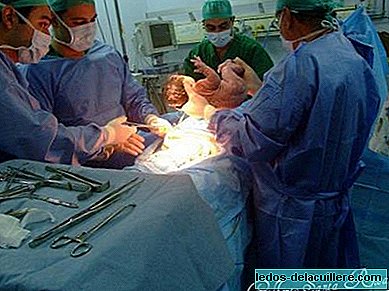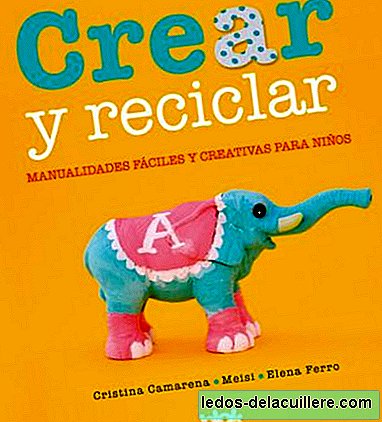
While the number of unnecessary caesarean sections has declined in recent years, still one in three children is born by caesarean section in Spain. Despite presenting more complications than vaginal delivery, this practice continues to be done to save lives in case of emergency due to causes without medical justification.
According to data from the Ministry of Health, in 2009 there were 35% of cesarean sections in private health and about 22% in public health, figures well above the recommendations of the WHO (World Health Organization) which approves as Moderate in cesarean section a rate of between 10 and 15 percent.
The Normal Birth Attention protocol is aimed at reducing the number of caesarean sections, but it is necessary to eradicate routine caesarean section and practice it only when justified.
There are certain groups of pregnant women that agglutinate the 64.5 percent of caesarean section indications. Many of them present factors that, with adequate delivery care, could be modified to avoid caesarean section and thus reduce the incidence of this practice.
Among them we find, for example, these cases: women in their first term pregnancy to whom labor is induced, women who have a routine caesarean section for having had a previous caesarean section and pregnant women with a fetus in a podic position ( of buttocks).
In addition to being more risky for the mother and the baby (let's not forget that it is a major surgery intervention), caesarean section significantly increases healthcare costs. Operating room costs increase and the mother's recovery is slower, so hospitalization is longer. It also implies a higher risk of second caesarean sections and a higher work loss.
According to experts, the decrease of only one percentage point in caesarean section rates compared to vaginal delivery would result in savings close to 6 million euros per year in all Spain. It gives thought, right?












